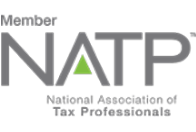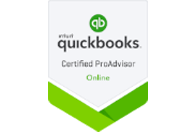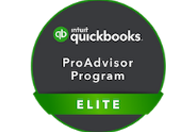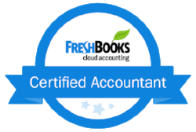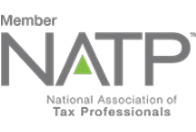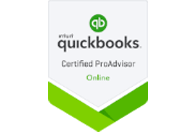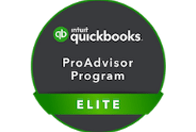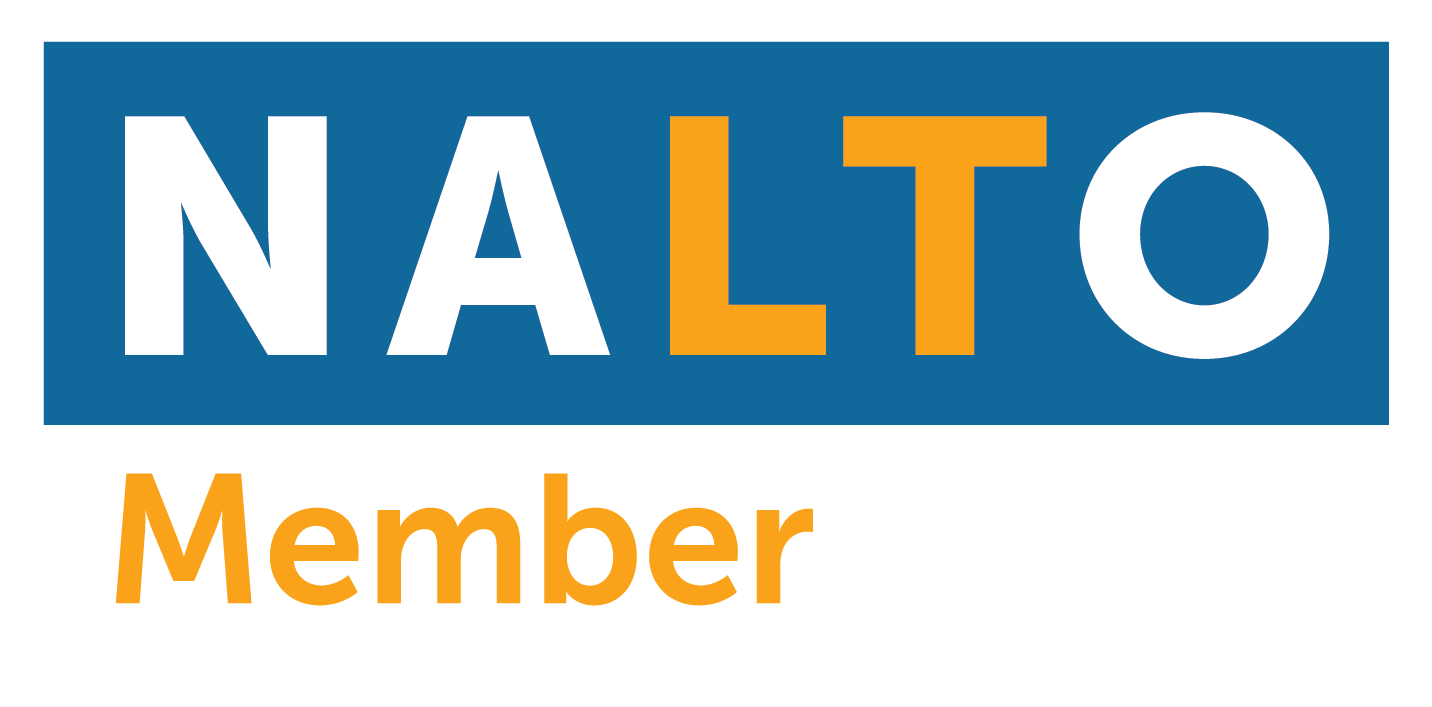Contract Corporate Flight Attendants (CFAs), being independent contractors, not only get a lot of exciting experiences in the world of corporate aviation but they also enjoy the freedom to choose their clients and the flexibility in accepting flight schedules. They wouldn’t have to worry about missing an important life event or family occasion because of a conflicting flight schedule. They can always say no since they don’t have an employer who will take their actions negatively. However, this autonomy comes with certain financial responsibilities and obligations.
Contract CFAs, having no employer, means no taxes are being withheld from their income and, are therefore responsible for paying taxes to the government.
Contract CFAs are obligated to pay not just income taxes, but also self-employment taxes.
What is Self-Employment Tax?
As a contract corporate flight attendant, your income as an independent contractor is subject to self-employment tax as well as income tax.
Self-employment (SE) tax is a tax obligation that individuals incur when they work for themselves, either as independent contractors, freelancers, or as business owners. The current tax rate is 15.3% which covers contributions to Social Security (12.4%) and Medicare (2.9%).
These are the same paycheck taxes that are being withheld from regular employees except that payment for Social Security and Medicare taxes are shared and divided equally (7.65% each) between the employer and the employee. While a self-employed individual must pay for the entire 15.3%.
According to the Social Security Administration update, for the year 2023, the 12.4% Social Security tax will be applied to net earnings up to $160,200 (was $147,000 in 2022); while the 2.9% Medicare tax still applies to all net earnings with an additional 0.9% tax for high-income earners (income that exceeds $200,000).
How to Compute Self-Employment Tax
- Determine your net self-employment income by subtracting your business expenses from your gross revenue.
- Multiply your net income by 92.35%. This is your tax base or the portion of your net income that is subject to SE tax.
- Apply the 15.3% SE tax rates on your computed tax base. Remember to consider the applicable rules or limitations for each type of SE tax.
When to Pay Self-Employment Tax
Contract CFAs are required to make quarterly estimated tax payments for both income and self-employment taxes. Failure to make quarterly tax payments may result in penalties and interest charges.
Deductibility of Self-Employment Tax
While self-employed individuals are required to pay the full amount of self-employment taxes, they are eligible to deduct half or the employer portion of SE tax reducing the taxable income. This ultimately reduces the overall income tax liability.
The Internal Revenue Service (IRS) allows this deduction in recognition that self-employed individuals represent both the employer and employee portions of SE taxes and treats the other half as a deductible business expense.
Want to learn more?
You may want to consult and work with 1099 Accountant – We offer online bookkeeping, online advisory services and online tax and accounting services. We offer reasonable rates. We only work with independent contractors, freelancers, and one-person business. We work with locum tenens from California to New York City and everywhere in between. Yes, even Hawaii!
Contact us toll-free (855)529-1099 or make an appointment for a free consultation. Contact Us – Accountant (1099accountant.com)

